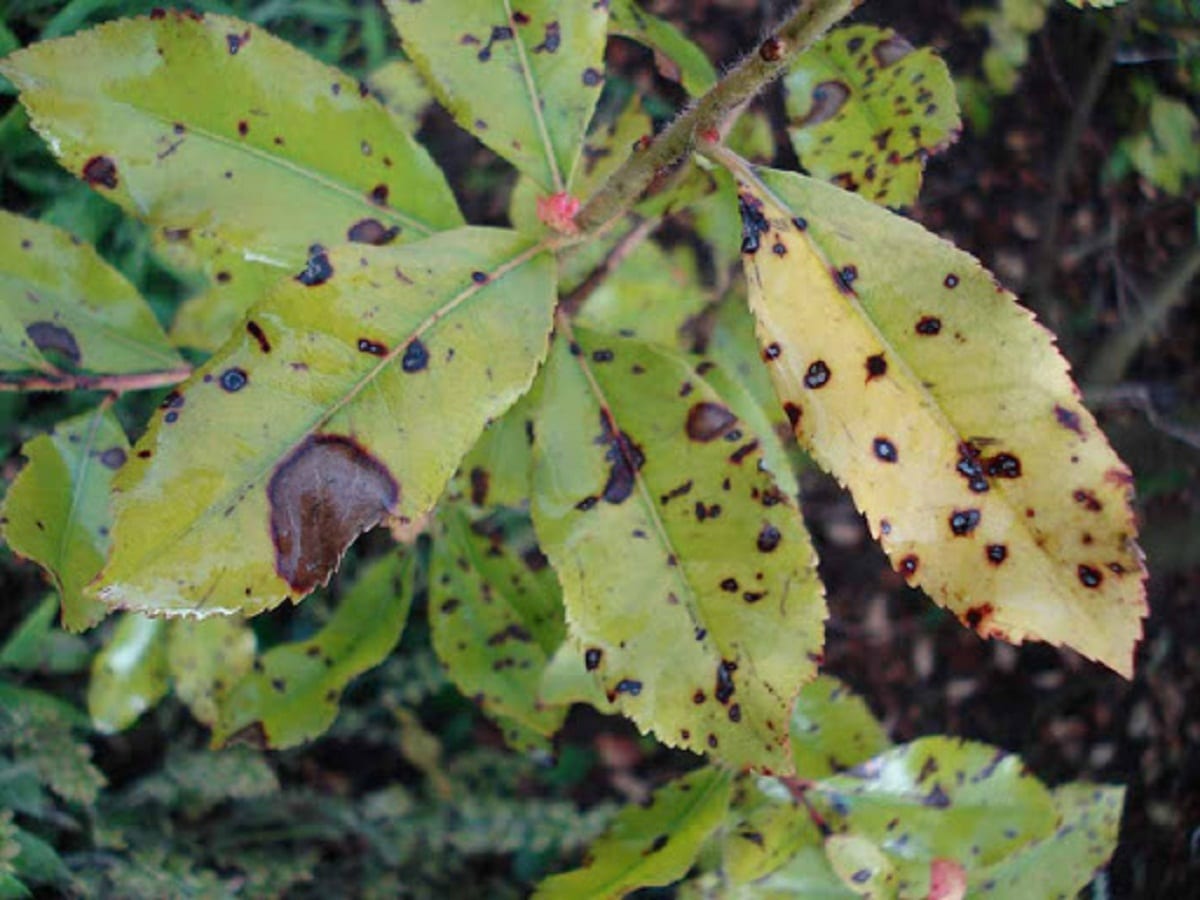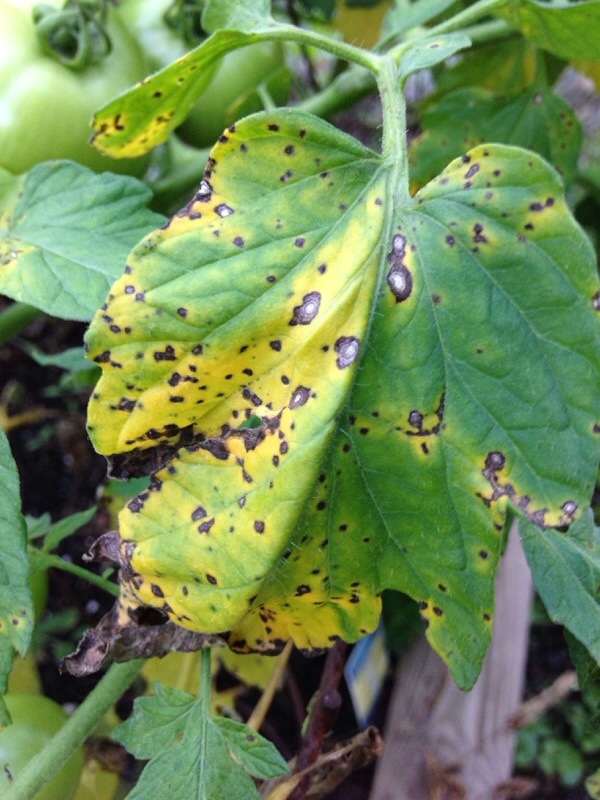
Septoriosis
WHAT IS AND HOW TO ELIMINATE
Septoria
Septoria Sp.
Pathogen:
Fungus
Type:
Risk to the plant:
HIGH



DESCRIPTION
WHO CAUSES IT?
Septoria sp. It is a genus of phytopathogenic fungi that affects a wide variety of plants. These fungi produce asexual spores called conidia that spread primarily through water and wind. Conidia germinate on the surface of leaves when they encounter favorable conditions, generally high humidity and moderate temperatures. Once on the leaf, the fungus penetrates the leaf tissue and begins to develop, forming structures known as pycnidia, which are visible as black dots on leaf lesions. These pycnidia release new conidia, which can infect other parts of the plant or be transported to neighboring plants. The fungus can survive in infected plant remains, allowing its persistence from one season to the next.
SYMPTOMS
Septoria affects plants causing a decrease in their vigor and productivity. The disease initially manifests itself with small chlorotic Taches on the leaves, which subsequently become necrotic and develop a characteristic dark edge.
- Small, round brown or black Taches on the leaves.
- Dark edges around the stains.
- Black dots (pycnidia) in the center of the Taches.
- Premature defoliation of plants.
- Reduction in plant growth and vigor.
- Loss of yield in affected crops.
- General deterioration of plant health.


TEMPERATURE AND HUMIDITY
20°C - 25°C
85% - 100%

HOW IS IT SPREAD?
Wind, rainwater, contaminated gardening tools, infected plant debris, insect vectors

HOW TO REMOVE IT?
Home remedies
There are no home treatments
Chemical treatments
• AZOXISTROBIN 25% [SC] P/V
• CUPRIC HYDROXIDE 25% (EXPR. IN CU) [WG] P/P
• COPPER OXYCHLORIDE 35% (EXPR. IN CU) [WG] P/P
• COPPER OXYCHLORIDE 38% (EXPR. IN CU) [SC] P/V
• COPPER OXYCHLORIDE 50% (EXPR. IN CU) [WP] P/P
• CUPROUS OXIDE 50% (EXPR. IN CU) [WP] P/P
• PIRACLOSTROBIN 6.7% + BOSCALIDE 26.7% ( ) [WG] P/P
• CUPROCALCIC SULFATE 20% (EXPR. IN CU) [WG] P/P
• CUPROCALCIC SULFATE 20% (EXPR. IN CU) [WP] P/P
Authorized treatments in organic farming
• CUPRIC HYDROXIDE 25% (EXPR. IN CU) [WG] P/P
• COPPER OXYCHLORIDE 35% (EXPR. IN CU) [WG] P/P
• COPPER OXYCHLORIDE 38% (EXPR. IN CU) [SC] P/V
• COPPER OXYCHLORIDE 50% (EXPR. IN CU) [WP] P/P
• CUPROUS OXIDE 50% (EXPR. IN CU) [WP] P/P
• CUPROCALCIC SULFATE 20% (EXPR. IN CU) [WG] P/P
• CUPROCALCIC SULFATE 20% (EXPR. IN CU) [WP] P/P
Insect allies
EFFECTIVE PRODUCTS TO ELIMINATE THIS PEST
Sponsored link
Sponsored link
Sponsored link
Sponsored link
Sponsored link
Sponsored link
Effective against all types of fungi
- Practice crop rotation to avoid the accumulation of the pathogen in the soil.
- Remove and destroy remains of infected crops to reduce the source of inoculum.
- Use resistant plant varieties when available.
- Ensure good air circulation between plants to reduce foliar humidity.
- Apply preventive fungicides regularly, especially in conditions favorable for the disease.
- Avoid sprinkler irrigation to reduce the spread of spores.
- Maintain a constant monitoring program to detect and treat early infections.
- Implement integrated pest management (IPM) techniques that include cultural, biological and chemical practices.
- Disinfect pruning and gardening tools after working with infected plants.
























